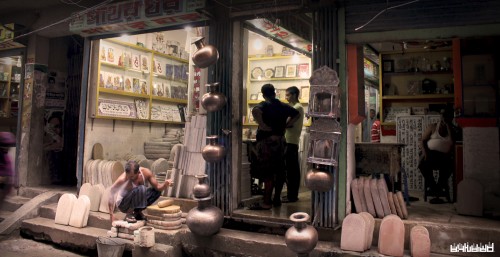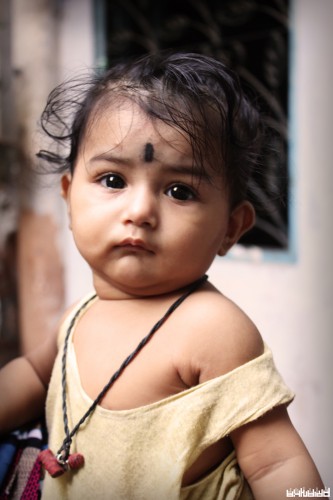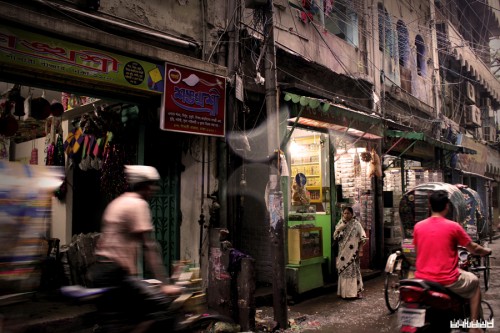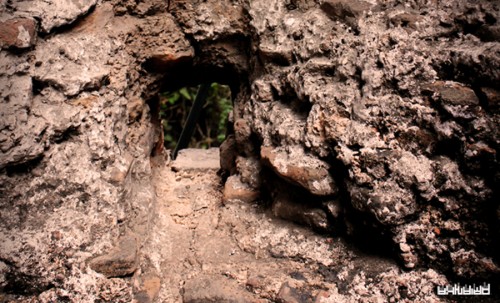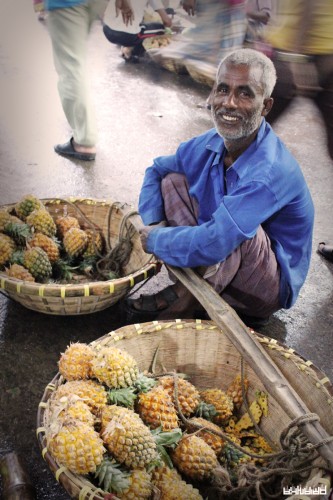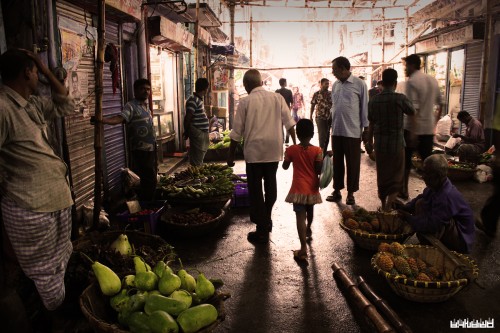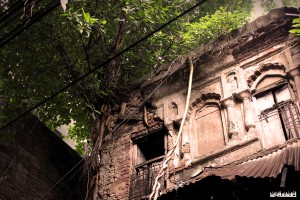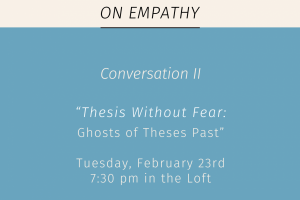Have you noticed the twinkle in every parents’ eyes as they watch their young flourish? It could be as silly as their child learning to tie their shoe laces for the first time, or as serious as watching their child receive a hard-earned PhD, realizing that their child is now one step closer to being independent and probably happy. The beautiful combination of pride and the sorrow of knowing that their offspring needs them a little less, is what sets apart the unconditional love parents have for their children. Regardless of the toll it may take on their health, our parents have maintained their dedication to sharing the timeless conditions of love, tradition, and respect that were passed down from their parents. As I walked through Shakhari Bazar, the evidence of this love was inescapable.
The present generation of the Shakhari Bazar received love and guidance not just from their parents, but also from ‘Uncles’ and ‘Aunties’ of the street. They consider their neighbours as part of their extended family, where the elders collectively look out for the safety and well-being of the younger generation. When one member accomplishes something, the whole street rejoices. If someone is in trouble, they gather to figure out a solution. Did this make me jealous? Maybe, but it also made me proud to witness this in my birth country.
Bangladesh only appeared on the map in 1971 after independence was established in December of that year. Despite its young age as a country, it has a rich history and traditions that date back to the early centuries of the Christian era. The capital city, Dhaka, flourished when it became the Mughal capital (then named Jahangir Nagar) of Bengal in 1608, during which time the city became a bustling trading metropolis. The Mughals built caravansaries (accommodations for camel caravans), palaces and bazars, remnants of which can still be seen in certain places in Dhaka now. Shakhari Bazar is a perfect example of such a remnant.
In the summer of 2014, as I walked along the street, I noticed garbage, piled up on the side of every house, waiting to be picked up by the waste van. The storefronts were tiny – not more than 8 feet wide. It could get quite hot in the summer. These are just a few of the problems. Yet the smiles and satisfaction in everyone’s face baffled me. I wondered if they had just gotten used to living and working this way.
Unable to get this out of my head, I instinctively approached a gentleman behind the counter of a ‘Shakha’ store, and blurted out my thoughts. I asked him why he insisted on staying on this street when he could move to new Dhaka with its clean streets and modern living conditions. He was waving a hand fan to cool himself down in the heat. As soon as he heard what I had to say, he burst into laughter. Seeing my face, he responded, ‘If I move there, I will only be surviving, but here I can live.’ I looked at his eyes and could see that he meant every word. He explained to me that there is nothing more important than knowing that around every corner of the street there is someone genuinely rooting for his success and celebrating his accomplishments. Why would he leave this family, to live where his neighbors might not even know his name? It somehow made sense to me, and it only made me happier to realize that I would be spending the rest of the term among this family.
Prianka Smita is a graduate student at the University of Waterloo School of Architecture. She grew up in the military environment of the east in which she was expected to serve her country at any cost. Currently in the second year of her masters studies, she is developing her thesis entitled Render Authenticity which enables her to engage in a dialogue between her passion for artistry and devotion to the progress of her native country. This pursuit brought her to return to Bangladesh in the summer of 2014 to conduct research. She says of her daily working methods, “I doodle when I want to organize my most obscure thoughts, listen to music when I want to be inspired, and write when I want to have a conversation with myself.”
For more about her travel and research visit her website priankasmita.com and stay tuned for future posts.
Prianka Smita is a graduate student at the University of Waterloo School of Architecture. She grew up in the military environment of the east in which she was expected to serve her country. Currently in the second year of her masters studies, she is developing her thesis entitled Render Authenticity which enables her to engage in a dialogue between her passion for artistry and devotion to the progress of her native country. This pursuit brought her to return to Bangladesh in the summer of 2014 to conduct research. She says of her daily working methods, “I doodle when I want to organize my most obscure thoughts, listen to music when I want to be inspired, and write when I want to have a conversation with myself.”


